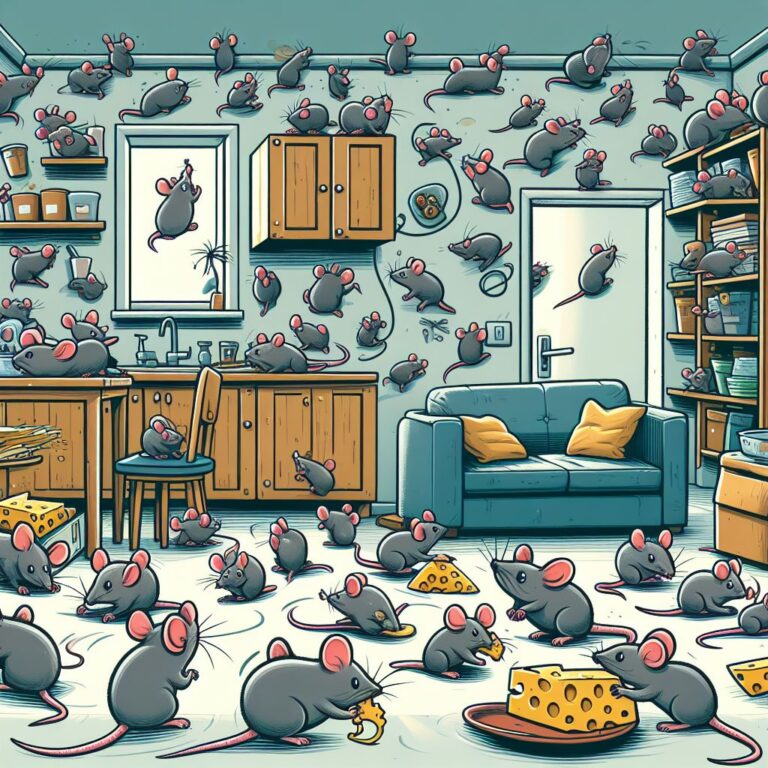Introduction
Marion Island, a remote and windswept outpost in the southern Indian Ocean, is facing an unprecedented ecological challenge. The island, known for its rugged beauty and unique biodiversity, is now grappling with an invasive mice that threatens its delicate ecosystem.
The Invaders: House Mice
Two Centuries of Invasion: Approximately 200 years ago, house mice (Mus musculus) were unwittingly introduced to Marion Island by human activity. Since then, these small rodents have multiplied exponentially, adapting to the harsh conditions and exploiting the island’s resources.
Climate Change Amplifies the Problem: Recent changes in climate have exacerbated the situation. Rising temperatures and altered precipitation patterns have provided an ideal environment for the mice to thrive. Their population explosion has far-reaching consequences for the island’s native flora and fauna.
The Impact on Seabirds
First Mammalian Predators: The house mice have become the island’s first mammalian predators. With no natural enemies, they roam freely across the landscape, wreaking havoc on the local wildlife.
Seabirds Under Siege: Marion Island is home to a diverse array of seabirds, including albatrosses, petrels, and shearwaters. These birds rely on the island’s pristine environment for nesting and foraging. Unfortunately, the mice have discovered a taste for seabird eggs and chicks. Their relentless attacks have devastating consequences for the avian populations.
Wandering Albatross at Risk: Among the most vulnerable species is the wandering albatross (Diomedea exulans). These majestic birds, with wingspans exceeding 10 feet, are now facing increased predation. The loss of even a few breeding pairs could have severe repercussions for the entire population.
The Mouse-Free Marion Project
A Bold Solution: In response to this crisis, conservationists have devised an audacious plan—the Mouse-Free Marion project. The goal? To rid the island of every last mouse. But achieving this requires precision, determination, and significant resources.
Helicopters and Rodenticide: The project’s execution involves aerial operations using helicopters. Specially trained teams will disperse rodenticide pellets across the island. The hope is that the mice will consume the bait, succumb to its effects, and vanish from Marion’s shores.
Challenges Ahead: The project faces several challenges. First, ensuring that no mice survive is crucial. Even a single survivor could trigger a resurgence. Second, the operation must be meticulously planned to minimize harm to non-target species. Finally, regulatory approvals and funding—estimated at around $25 million—must be secured.
Preserving a Fragile Balance
A Race Against Time: The Mouse-Free Marion project aims for a 2027 start. Until then, the island’s ecosystem hangs in the balance. Conservationists grapple with urgency, knowing that each passing year exacerbates the problem.
Lessons for Conservation: Marion Island serves as a stark reminder of the delicate equilibrium that sustains our planet’s isolated ecosystems. It underscores the need for proactive measures to protect biodiversity, even in the most remote corners of the Earth.
Check out more articles like this at News Archives – Topic In One Article
